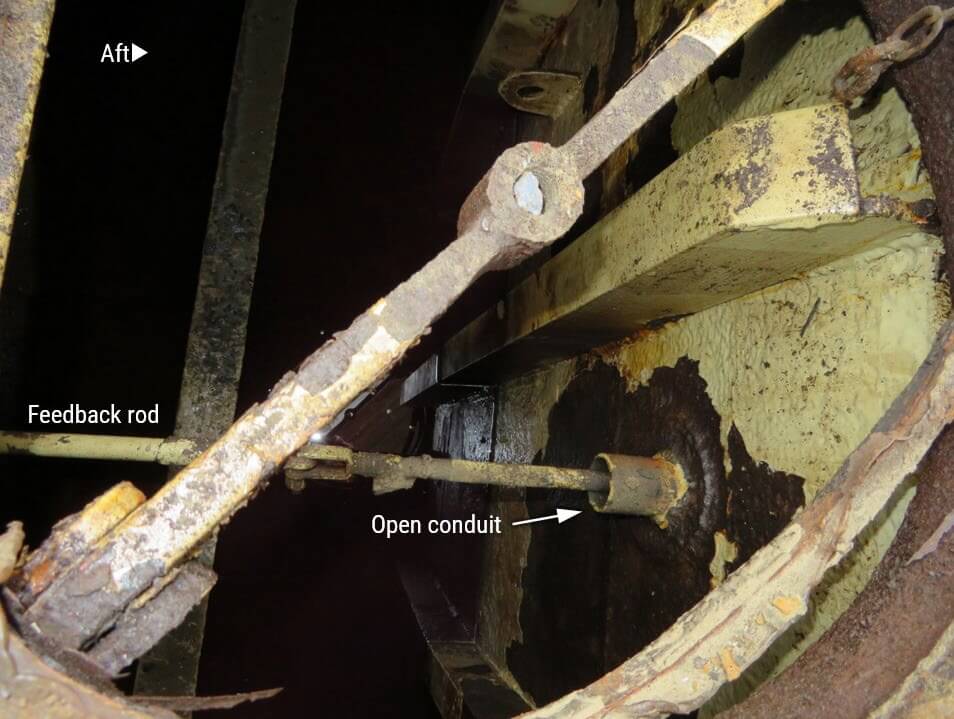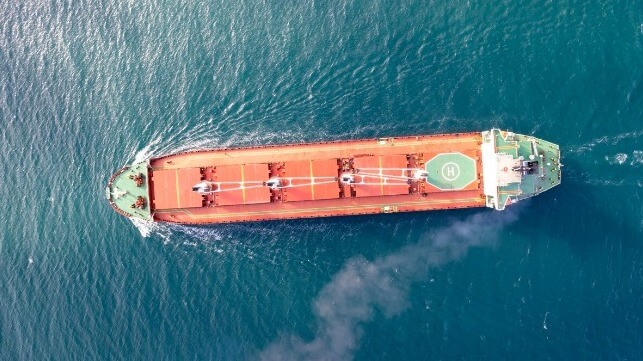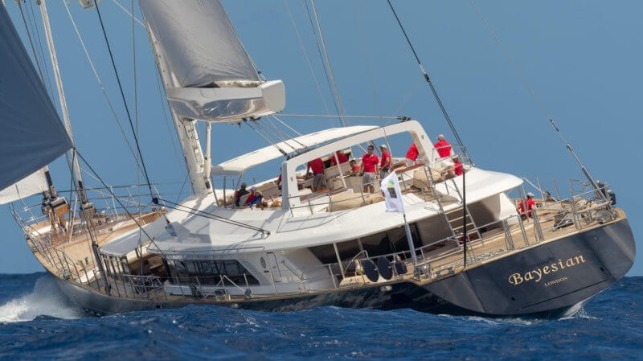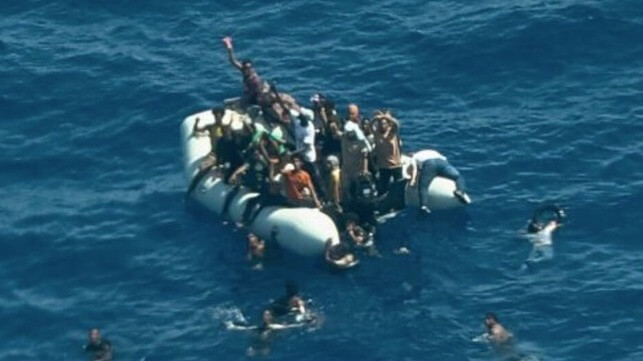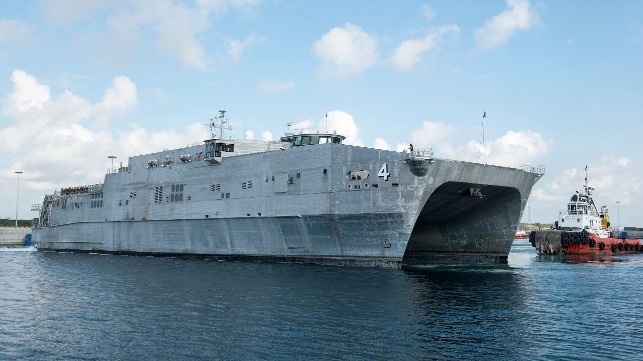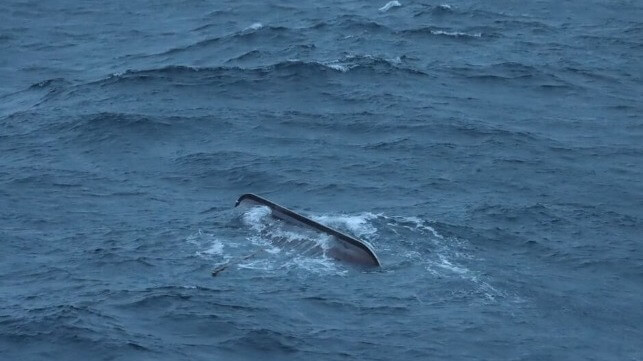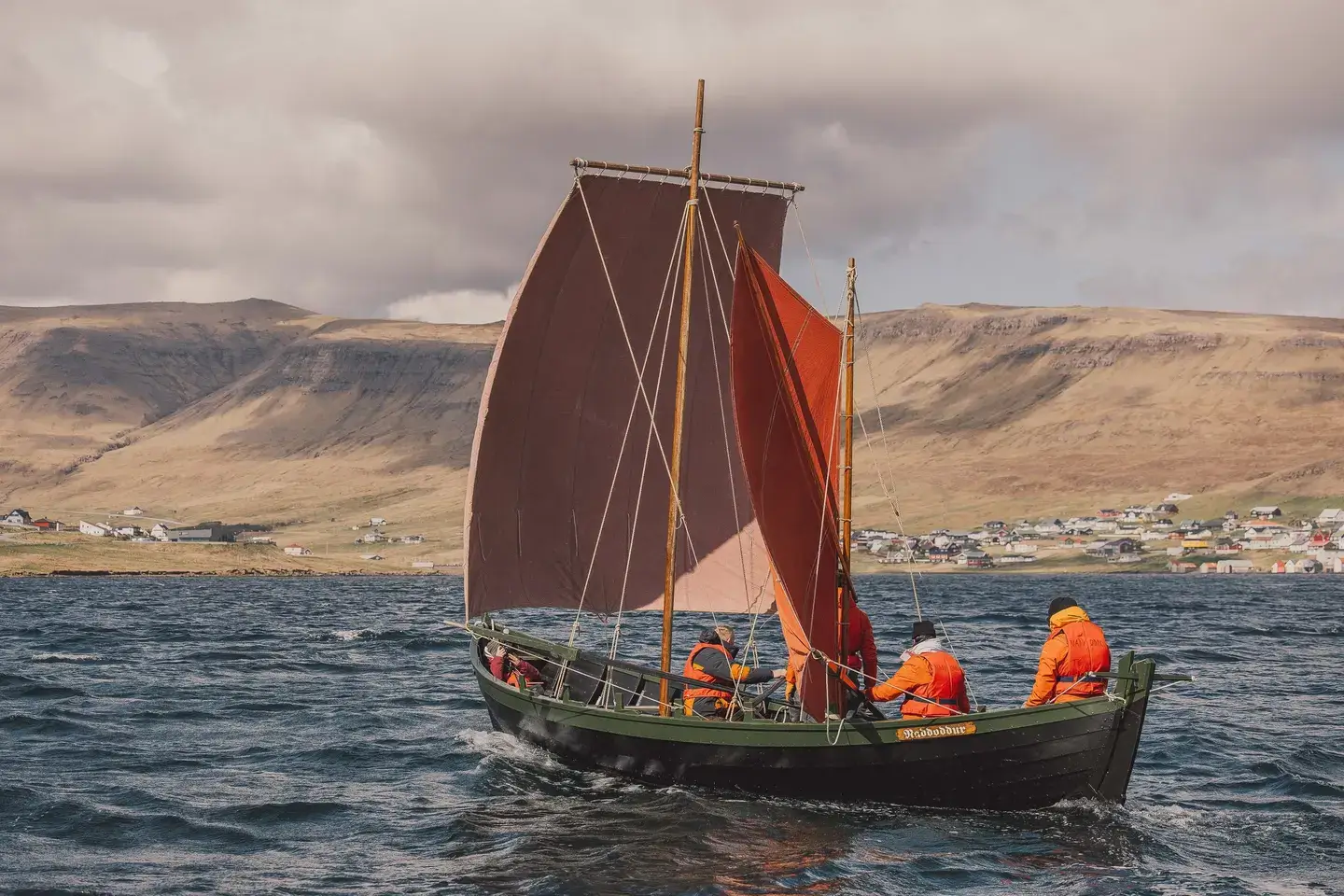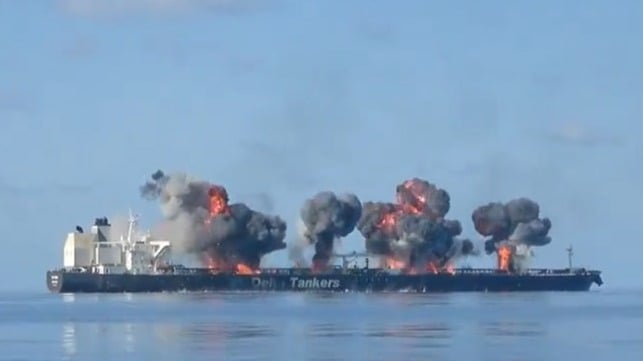Shipbuilder HD Hyundai is Making Investments in Hydrogen Fuel Cells
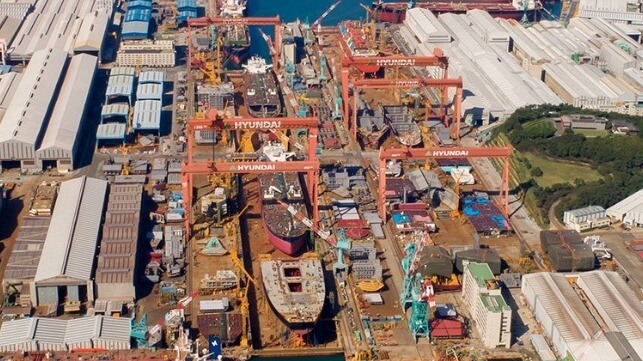
Working to develop its long-term position in the shipping industry, HD Hyundai is stepping up its focus on hydrogen fuel cells and their potential both in industry and the maritime sector. The group is setting up a new division and reports it is acquiring a majority stake in a Finnish company that is a leader in the emerging technology.
The company says it believes that the global market outlook for hydrogen fuel cells and electrolysis technologies is “promising.” They believe the initial strong growth will come from stationary power generation markets followed by electrolysis and the marine fuel cell market.
Hydrogen fuel cells, so far, remain largely experimental but have some promising early applications for example with cruise ships. MSC Cruises, Viking, and Silversea Cruises are among those that have fitted experimental systems on their newbuild cruise ships while shipyards including Fincantieri report they are working toward large capacities. One of the early applications is to power cruise ships while they are alongside in ports as an alternative to shore power or where shore power is unavailable.
HD Korea Shipbuilding & Offshore Engineering announced several steps starting with a $100 million-plus commitment to establish a new business unit named HD Hydrogen. The company will provide the structure for the group as it aims to set up a complete value chain for the production, transportation, storage, and utilization of hydrogen.
The company also reported that it recently made a $81 million investment taking a majority stake in Convion, a Finnish company. Started in 2012, the company is a developer commercializing solid oxide fuel cell systems for distributed power generation in industrial and commercial applications.
Convion’s expertise and track record are seen as a key advantage. HD Hyundai points to the high level of difficult and lengthy timeline for developing SOFC and SOEC technologies. The company said in announcing its investment that Convion’s proven and proprietary system technology facilitates cell stack and fuel flexibility providing a scalable approach to meet industrial demand.
HD Hyundai also made an investment announced last year in an Estonian company, Elcogen, which produces core components and stacks for SOFC applications.
Convion will focus on technology development and marketing in Europe. HD Hydrogen plans to expand the global reach while HD KSOE will focus on the applications for shipping. The company says this is part of its larger focus on developing future energy sources which also includes sources such as small modular nuclear reactors. HD KSOE says it plans to become the front-runner in the future green shipbuilding industry.
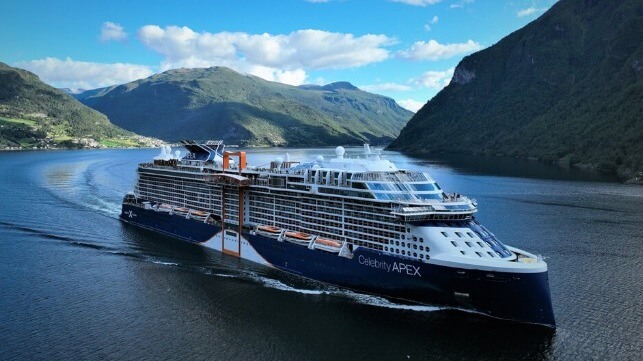
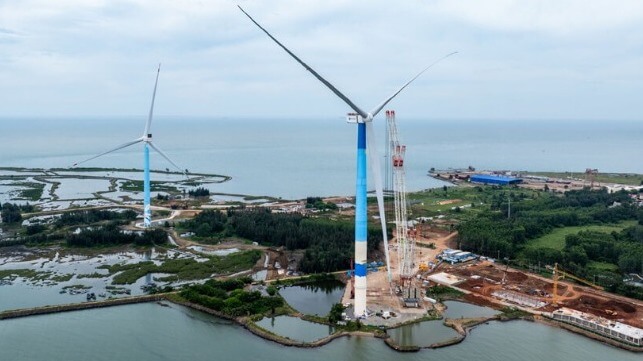
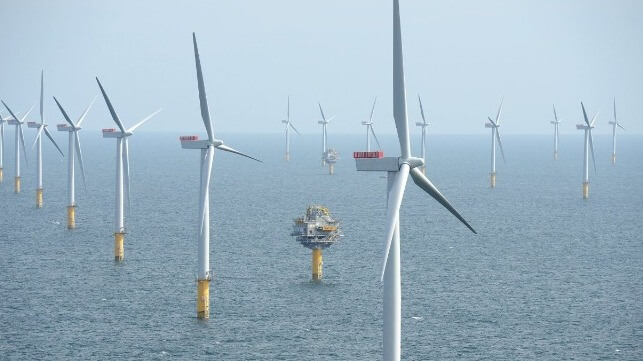
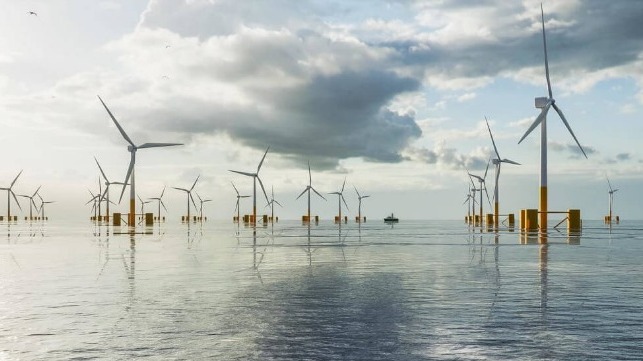
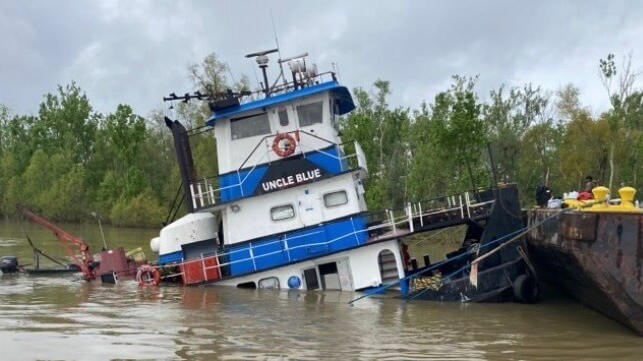
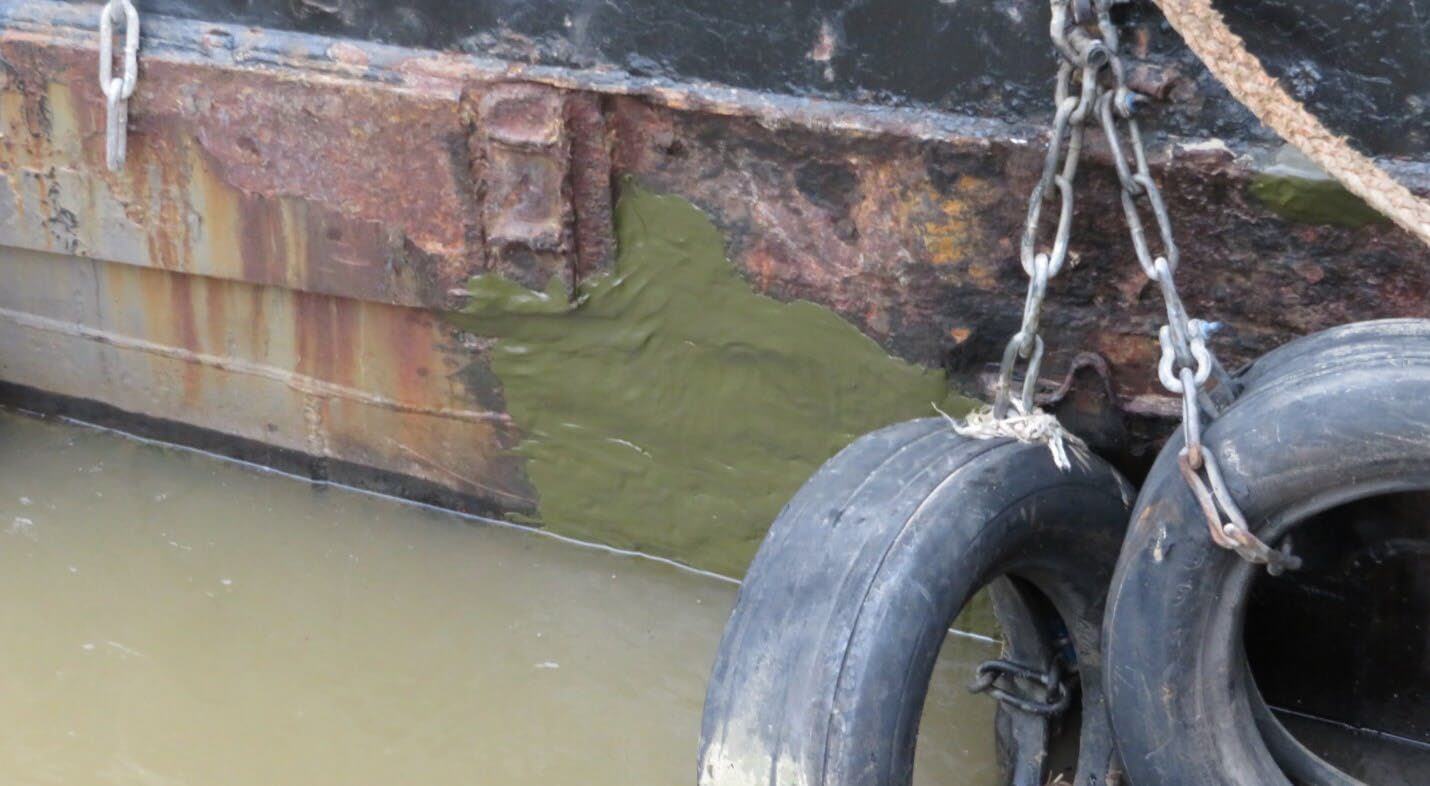 Temporary epoxy patch over the multiple wastage holes in the hull. A preexisting doubler plate is visible to the left of the patch (NTSB)
Temporary epoxy patch over the multiple wastage holes in the hull. A preexisting doubler plate is visible to the left of the patch (NTSB)